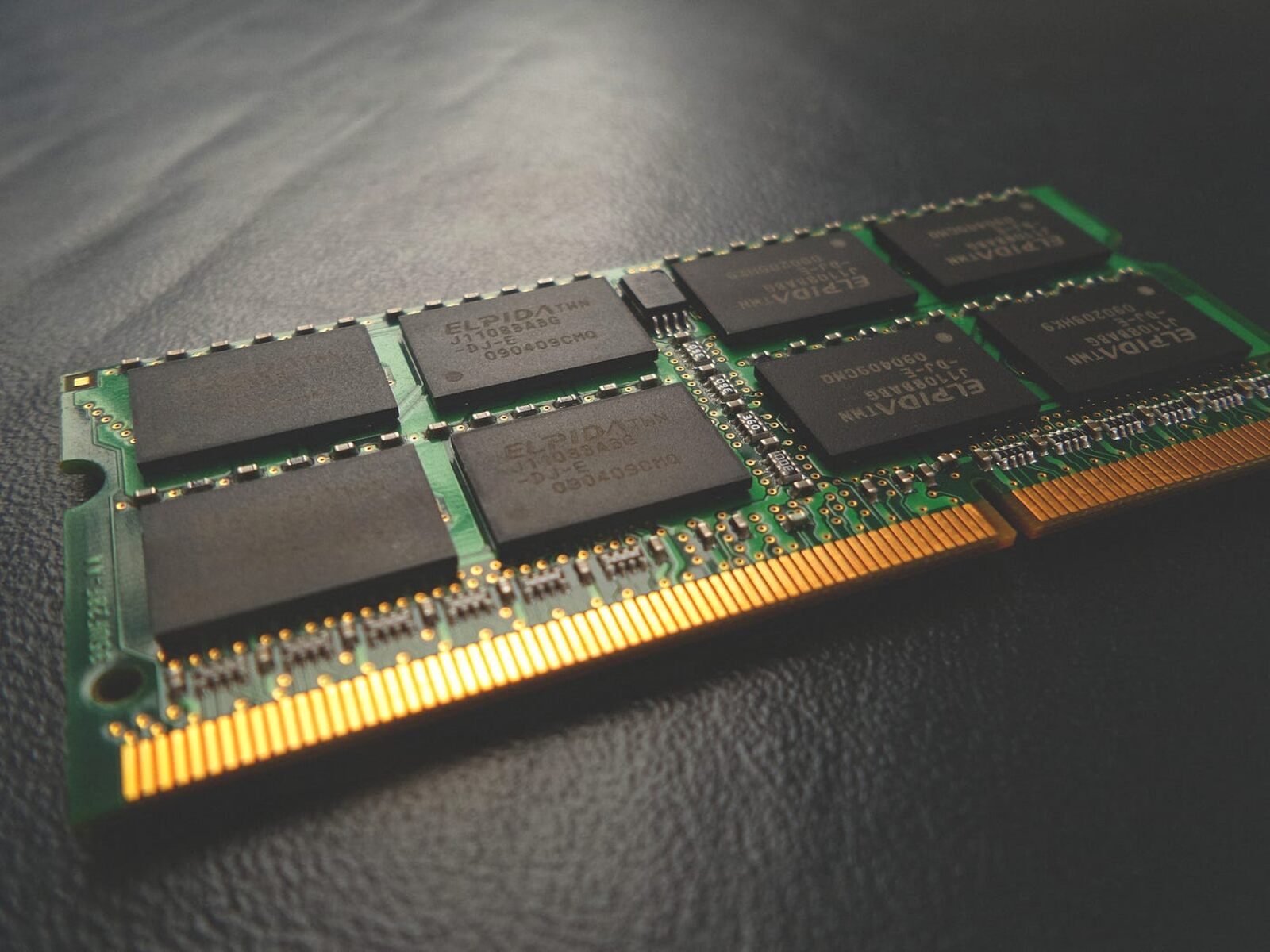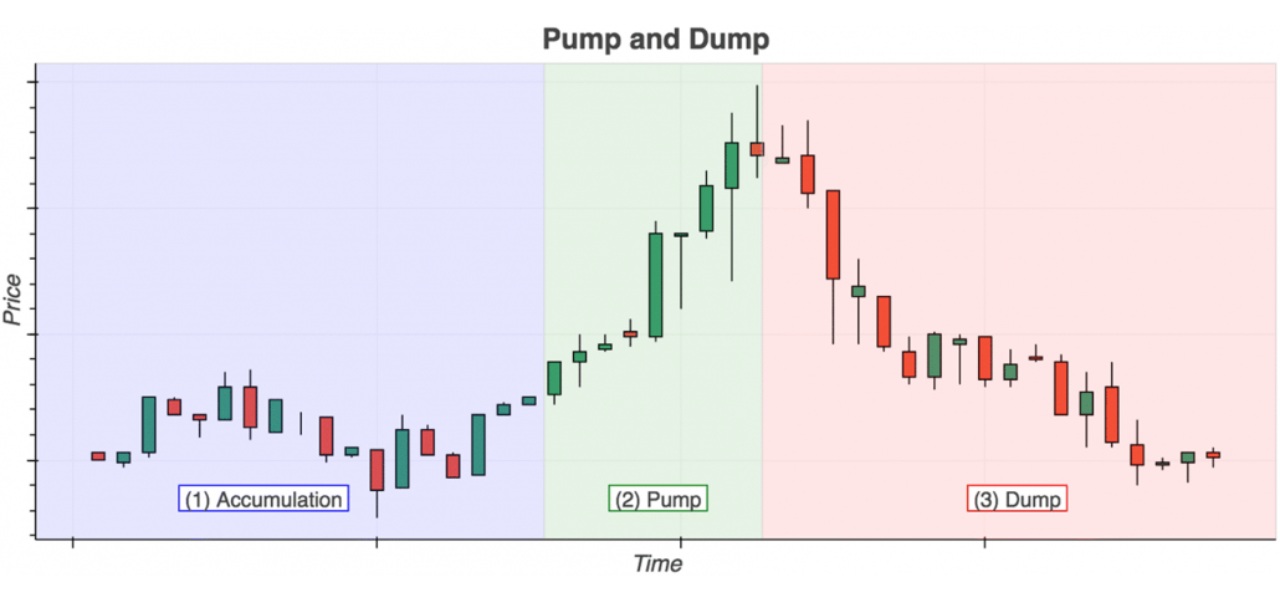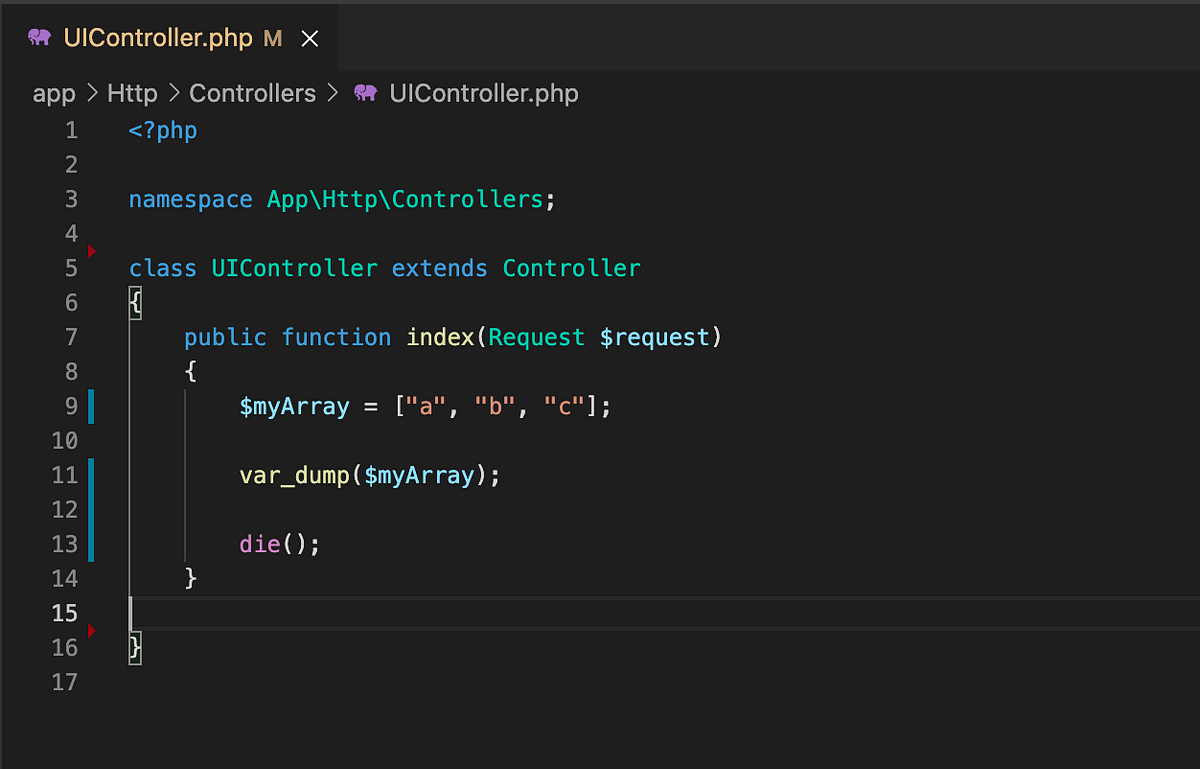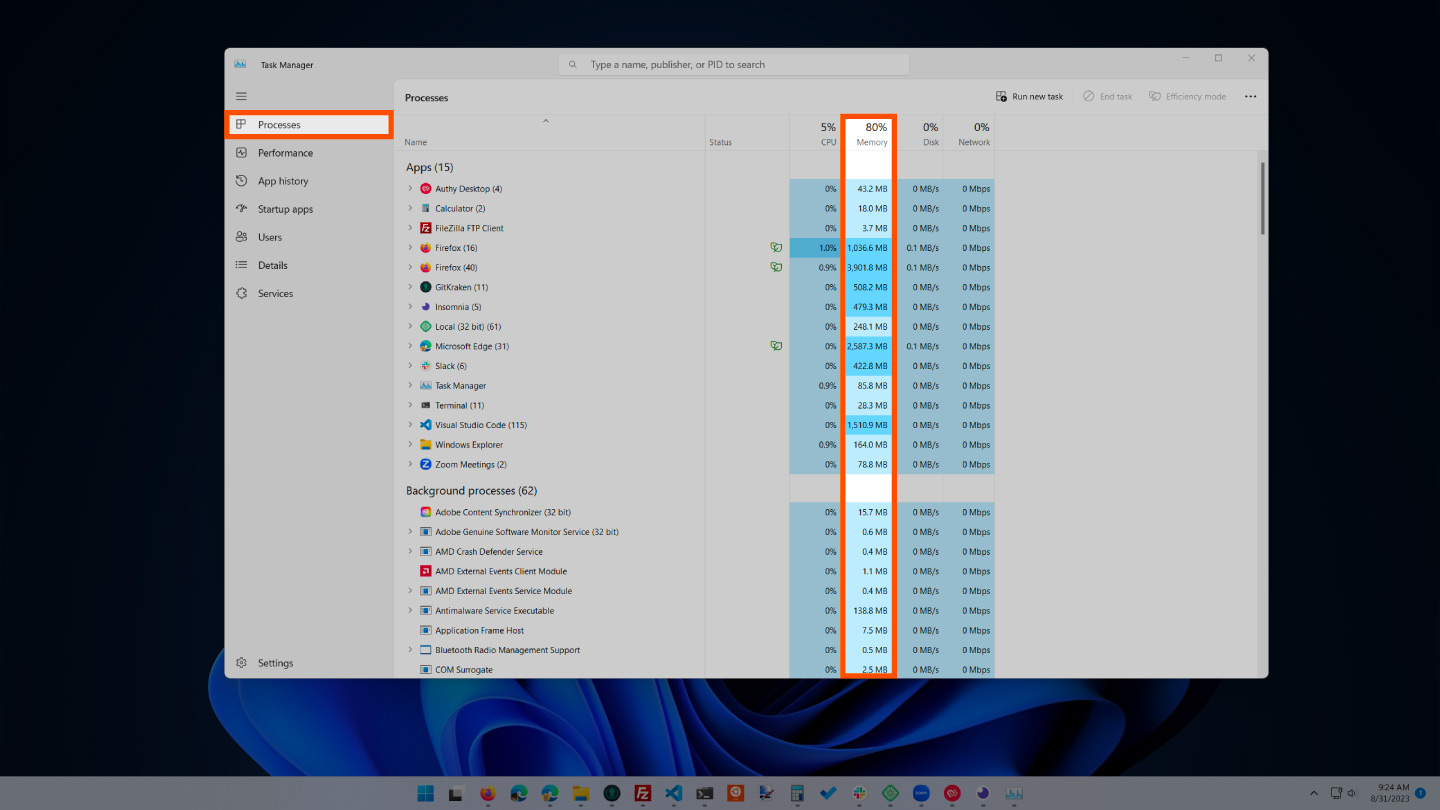Introduction
RAM (Random Access Memory) is a crucial component of any computing device, whether it’s a desktop computer, laptop, or smartphone. It serves as temporary storage, allowing your device to access and process data quickly. But have you ever wondered what happens to the data stored in RAM when your device is turned off or restarted?
In this article, we will explore the concept of dumping RAM and why it is important. Dumping RAM refers to the process of extracting and saving the contents of RAM before shutting down or rebooting a device. By doing so, you can potentially recover valuable information that may have been lost or compromised during the session.
While the idea of dumping RAM may sound complex, it is not just a technique for computer experts. With the right tools and knowledge, even a technically inclined individual can perform this task.
But why would you want to dump your RAM in the first place? There are a few reasons:
- Recovery of valuable data: Dumping RAM allows you to retrieve any unsaved data or important information that may have been lost due to a system crash or unexpected shutdown.
- Forensic analysis: Dumping RAM is a crucial step in digital forensics, as it can provide insights into a suspect’s activities, communication, or any sensitive information they may have accessed.
- Intrusion detection: Analyzing the dumped RAM can help identify any unauthorized access or potential security breaches that might have occurred on your system.
- Vulnerability assessment: By analyzing the contents of dumped RAM, security professionals can identify any potential vulnerabilities or weaknesses that could be exploited by malicious actors.
Now that you understand why dumping RAM is important, let’s explore the different methods and tools available to perform this task effectively. Whether you are using Windows, Mac, or Linux, you will find suitable methods to extract the contents of your RAM. So, buckle up and get ready to learn the art of dumping RAM!
What is RAM?
RAM, also known as Random Access Memory, is a crucial component of any computing device. It is responsible for temporarily storing and providing quick access to data that the device’s processor needs to perform tasks. Unlike long-term storage devices like hard drives or solid-state drives, RAM is volatile, meaning its contents are lost when the device is powered off or restarted.
Think of RAM as a workspace for your device. When you open applications or run programs, the data needed for those operations is loaded into the RAM for faster access. The more RAM your device has, the more data it can store and quickly retrieve, leading to improved performance and multitasking capabilities.
RAM is measured in gigabytes (GB) and typically comes in different speeds, which determine how fast the RAM can transfer data to and from the device’s processor. Common types of RAM used in computers include DDR4, DDR3, and DDR2, each with varying speeds and compatibility.
RAM plays a vital role in the overall performance of your device. Insufficient RAM can lead to sluggishness, as the processor will have to rely heavily on swapping data between RAM and the slower storage devices, such as the hard drive, resulting in longer loading times and decreased efficiency.
It’s important to note that RAM is different from long-term storage devices such as hard drives or SSDs. While RAM provides fast access to data, it is not designed for permanent storage. When you power off or restart your device, the data stored in RAM is cleared, and any unsaved work or temporary files will be lost.
Understanding how RAM works and its limitations is crucial, especially when it comes to tasks that require large amounts of memory, such as video editing, gaming, or running resource-intensive software. In these cases, having sufficient RAM can significantly enhance your device’s performance and ensure smooth operation.
Now that you have a better understanding of what RAM is and how it functions as a temporary storage medium for your device, it’s time to delve into the fascinating world of dumping RAM and the various methods available to safely extract and analyze its contents.
Why Dump RAM?
At first glance, the idea of dumping RAM may seem unfamiliar or unnecessary to many users. However, there are several important reasons why dumping RAM can be crucial in certain situations:
- Recovery of valuable data: Dumping RAM allows you to potentially recover important information or unsaved data that may have been lost due to a system crash, power outage, or unexpected shutdown. By extracting and analyzing the dumped RAM, you may be able to retrieve critical documents, recent edits, or any other data that was in memory at the time of the incident.
- Digital forensics: Dumping RAM is an essential step in digital forensics investigations. When analyzing a compromised device, forensic examiners can examine the dumped RAM to gain insights into a suspect’s activities, communication, or any sensitive information they might have accessed. This can significantly aid in uncovering evidence and determining the nature of a security breach or cybercrime.
- Intrusion detection: Dumping RAM is a valuable technique for identifying unauthorized access or potential security breaches on your system. By analyzing the dumped RAM, you can detect any malicious activity or traces left by hackers. This information can assist in mitigating the attack, uncovering vulnerabilities, and strengthening your system’s security defenses.
- Vulnerability assessment: Examining the contents of dumped RAM can help security professionals identify potential vulnerabilities or weak points in your system. By analyzing the memory, experts can assess if any sensitive information, encryption keys, or user credentials have been inadvertently left accessible in memory, thus highlighting areas that require further protection and hardening.
- Research and analysis: Dumping RAM is also utilized by researchers and analysts to study the behavior of malware, understand software vulnerabilities, or conduct experiments in controlled environments. By capturing the contents of RAM at specific points in time, researchers can gain valuable insights into the inner workings of software, analyze memory-related exploits, or develop innovative security solutions.
As you can see, dumping RAM has far-reaching implications beyond data recovery. Whether you’re a forensic investigator, security professional, or simply a curious individual, the ability to extract and analyze the contents of RAM can unlock a wealth of information and contribute to a better understanding of system security and performance.
Now that you understand the importance of dumping RAM, it’s time to explore the various methods and tools available that allow you to effectively perform this task on different operating systems. Whether you are using Windows, Mac, or Linux, there is a method suited to your needs.
Before Dumping RAM
Before diving into the process of dumping RAM, there are a few important considerations you should keep in mind to ensure a successful and accurate extraction:
- Know the legality and ethical implications: While dumping RAM for personal use or on your own devices is generally legal, it’s essential to understand and abide by the laws and regulations specific to your jurisdiction. Additionally, when performing RAM dumps on devices that are not your own or as part of an investigation, ensure that you have the necessary legal authority and follow ethical guidelines.
- Backup important data: Dumping RAM involves restarting or shutting down the device, which may result in the loss of unsaved data or temporary files. Therefore, it’s crucial to back up any critical information or work before proceeding with the RAM dump to avoid any potential data loss.
- Ensure sufficient storage space: Dumping RAM can generate large files depending on the amount of RAM on the device. Ensure that you have enough storage space available to save the extracted RAM dump files.
- Choose the appropriate method: Depending on the operating system and your specific requirements, different methods of dumping RAM may be available. It’s important to research and choose the method that best suits your needs and is compatible with your device.
- Use reliable tools: To perform a successful RAM dump, it’s essential to use reliable and trusted tools that are specifically designed for this purpose. These tools should have a track record of accuracy and reliability to ensure that the extracted RAM dump reflects the actual contents stored in memory accurately.
- Consider system stability: RAM dumps involve interrupting the normal operation of your device by restarting or shutting it down. It’s advisable to perform RAM dumps on stable systems to minimize the risk of crashes or data corruption during the process.
- Understand your limitations: Dumping RAM requires technical knowledge and understanding of the underlying operating system. If you are unfamiliar with the process or unsure of your capabilities, it’s recommended to seek assistance from experts or professionals who can help you navigate through the process smoothly.
By keeping these considerations in mind, you can ensure a smooth and accurate RAM dumping process while minimizing potential risks and avoiding any unwanted data loss or legal complications.
Now that you are prepared and have a solid understanding of what to expect before diving into the RAM dumping process, it’s time to explore the various methods available for dumping RAM on different operating systems. Let’s get started!
Method 1: Using Software
One of the most common and convenient methods for dumping RAM is by using specialized software tools. These tools are designed to extract the content of RAM while the device is running, allowing for a non-intrusive and real-time analysis of the memory.
Here’s a step-by-step guide on how to dump RAM using software:
- Research and choose reliable software: There are various RAM dumping tools available, such as Volatility, DumpIt, and Belkasoft RAM Capturer. Research and choose a tool that is compatible with your operating system, has good reviews, and is widely used and trusted by the cybersecurity and digital forensics communities.
- Download and install the selected tool: Visit the official website or a reputable source to download the software. Follow the installation instructions to have the tool ready for use on your system.
- Configure the software: Launch the installed RAM dumping software and review the available options. Familiarize yourself with the settings and choose the appropriate configurations based on your requirements. For example, you may want to select the output format, specify the location to save the extracted RAM dump, or set any additional parameters for the tool.
- Start the RAM dump: With the software configured, initiate the RAM dumping process. The tool will analyze the running system and extract the contents of the RAM into a file. Depending on the size of your RAM and the speed of your system, the process may take some time.
- Verify the dumped RAM: Once the RAM dump is completed, it is important to verify its integrity. Use built-in tools or third-party utilities to ensure that the extracted RAM dump accurately represents the contents of the memory at the time of the dump.
- Analyze the dumped RAM: After verification, you can transfer the RAM dump file to a secure location and proceed with its analysis. Use compatible analysis tools and techniques to explore the dumped RAM, extract relevant information, and investigate any anomalies or potential security breaches.
Using software tools to dump RAM provides a convenient and efficient way to capture and analyze the memory contents. However, it’s essential to remember that the success of the RAM dump relies on the reliability of the chosen software and the accuracy of the analysis performed on the extracted memory dump.
Now that you have learned about using software tools to dump RAM, let’s move on to exploring another method — dumping RAM using hardware-based approaches.
Method 2: Using Hardware
Another method for dumping RAM is by utilizing hardware-based approaches. These techniques involve the use of specialized tools and devices to physically extract the memory modules and retrieve the data stored in them. While hardware-based methods may require more technical knowledge and physical access to the device, they offer a reliable and precise way of capturing the contents of the RAM.
Here is a step-by-step guide on how to dump RAM using hardware:
- Gather the necessary hardware: To perform a hardware-based RAM dump, you will need specific tools, such as a bus pirate, a memory imager, or a soldering kit, depending on the method you choose. Research and acquire the appropriate hardware tools that are compatible with your device and RAM module type.
- Prepare for the RAM extraction: Before proceeding, ensure that you have the necessary technical knowledge and understanding of hardware components. Familiarize yourself with the device’s internal layout and locate the RAM modules. Take necessary precautions, such as grounding yourself, to prevent electrostatic discharge that could damage the components.
- Disconnect power and open the device: Shut down the device and remove any power sources, including batteries or power cords. Carefully open the device, following manufacturer instructions or guides specific to your device model. This step may involve unscrewing the casing or removing certain components to access the RAM modules.
- Identify and extract the RAM modules: Locate the RAM modules, which are rectangular-shaped boards plugged into the motherboard. Gently remove them by releasing the retention clips or screws that hold them in place. Take note of the orientation and position of each module to ensure proper reinstallation later.
- Connect the RAM module(s) to the hardware tool: Depending on the hardware tool you are using, follow the manufacturer’s instructions to connect the RAM module(s) to the tool. This may involve inserting the RAM modules into compatible slots, using adapters, or soldering connections.
- Perform the RAM dump: With the hardware tool and RAM module(s) connected, follow the tool’s instructions to initiate the RAM dump process. The hardware tool will read and capture the data stored in the RAM module(s) and save it to a storage device, such as an SD card, USB drive, or directly to a computer.
- Verify and analyze the dumped RAM: Once the RAM dump is completed, it’s important to verify its integrity. Use appropriate tools and techniques to validate the extracted data and ensure that it accurately represents the contents of the RAM modules. Transfer the dumped RAM data to a secure location for further analysis using compatible tools and methods.
Performing a hardware-based RAM dump requires technical expertise and careful handling of the device’s internal components. It is crucial to follow safety guidelines and be cautious during the process to avoid any damage to the device or RAM modules.
Now that you have explored the hardware-based method to dump RAM, let’s move on to the next method — dumping RAM on a Windows operating system.
Method 3: Dumping RAM on Windows
Dumping RAM on a Windows operating system can be done using various built-in tools and third-party software. Here, we will discuss one common method using a built-in tool called winpmem:
- Find a reliable winpmem build: Search for a trusted and up-to-date version of the winpmem tool online. You can find reputable sources that provide reliable builds of winpmem.
- Download and extract winpmem: Download the winpmem tool and extract the zip file to a location on your Windows machine.
- Open Command Prompt as an administrator: Click on “Start” and search for “Command Prompt.” Right-click on “Command Prompt” and select “Run as administrator.”
- Navigate to the winpmem directory: In the Command Prompt window, use the “cd” command to navigate to the directory where you extracted the winpmem tool. For example, if you extracted it to the “C:\Tools” folder, type:
cd C:\Tools\winpmem - Perform the RAM dump: In the Command Prompt, enter the command to execute winpmem and capture the RAM dump. The command may vary depending on the version and specific build of winpmem, but a typical command may look like:
winpmem_1.6.exe -o C:\Dump\RAM.dmpThis will save the RAM dump to the specified location (in this example, “C:\Dump\RAM.dmp”). - Verify the RAM dump: Once the RAM dump is completed, it’s crucial to verify its integrity using tools like Volatility or OSForensics. These tools can help analyze and validate the extracted RAM dump to ensure its accuracy and usability.
- Analyze the dumped RAM: Transfer the RAM dump file to a secure location and proceed with its analysis using compatible analysis tools. You can explore the extracted RAM dump for evidence, artifacts, or any unusual activity that can aid in forensic investigations or troubleshooting system issues.
Winpmem is just one example of a tool that can be used to dump RAM on a Windows system. Other software tools and methods, such as tools in popular incident response and digital forensics suites, may also provide RAM dumping capabilities.
Remember to always consider the legality and ethical implications of dumping RAM, especially when performing the process on systems other than your own or as part of forensic investigations.
Now that you have learned how to dump RAM on a Windows system, let’s explore the method for dumping RAM on a Mac operating system.
Method 4: Dumping RAM on Mac
Dumping RAM on a Mac operating system can be achieved using the Terminal and the built-in tool called “hdiutil”. Here are the steps to dump RAM on a Mac:
- Open Spotlight Search: Click on the magnifying glass icon on the top-right corner of the menu bar or press Command + Space to open Spotlight Search.
- Type “Terminal” and open it: In the Spotlight Search bar, type “Terminal” and hit Enter. This will open the Terminal application.
- Type the command to create a RAM disk: In the Terminal window, enter the following command:
sudo hdiutil attach -nomount ram://524288This command creates a RAM disk with a size of 256 MB. - Type your Mac password: When prompted, enter your Mac password. Note that your password will not appear as you type, but it is being entered.
- Verify the RAM disk: To verify that the RAM disk was created successfully, enter the command:
diskutil listThis will display a list of disks, and you should see a line starting with “ramdisk” or “disk[number]”. - Copy the contents of the RAM to the disk: To copy the contents of the RAM to the RAM disk, use the command:
sudo dd if=/dev/disk[number] of=/Volumes/[RAMdisk_name]/ram_dump.dmgReplace “[number]” with the number assigned to the RAM disk, and “[RAMdisk_name]” with the desired name for the RAM disk. - Verify the dumped RAM: Once the RAM dump is completed, it’s important to verify its integrity. You can compare the size of the dumped RAM disk image with the original RAM disk size to ensure they match.
- Analyze the dumped RAM: Transfer the RAM disk image file to a secure location and proceed with its analysis using compatible tools. Various software tools, such as Volatility or OSForensics, can help analyze and examine the dumped RAM disk image, allowing for forensic investigations, troubleshooting, or research purposes.
By following these steps, you can dump the contents of the RAM on your Mac and save it to a disk image file for further analysis.
Always remember to consider the legal and ethical aspects of dumping RAM, especially when performing the process on systems other than your own or as part of forensic investigations.
Now that you have learned how to dump RAM on a Mac system, let’s move on to the next method: dumping RAM on a Linux operating system.
Method 5: Dumping RAM on Linux
Dumping RAM on a Linux operating system can be accomplished using various tools and techniques. Here, we will explore one common method using the built-in tool called “LiME” (Linux Memory Extractor). LiME allows you to capture the contents of the physical RAM or specific memory ranges on a Linux system. Follow the steps below to dump RAM on Linux:
- Install necessary dependencies: Before using LiME, make sure you have the necessary dependencies installed on your Linux system. These dependencies may include kernel headers and development tools.
- Download and compile LiME: Obtain the latest stable release of LiME from the official repository or a trusted source. After downloading the source code, extract it and navigate to the LiME directory. Use the provided makefile to compile LiME.
- Load LiME as a kernel module: Once LiME is compiled, you need to load it into the kernel as a module. Use the command
insmod lime-$(uname -r).ko "path=[output_file_path]" format=[output_format]to load LiME. Replace “[output_file_path]” with the desired location and name for the output file. You can also specify the output format as raw or lime for LiME’s default format. - Create a memory dump: After loading LiME, use the command
lime_dumpto start the memory dump process. LiME will capture the contents of the physical RAM or specific memory ranges and save them to the specified output file. - Verify the RAM dump: Once the memory dump is completed, it’s important to verify its integrity using tools such as the Volatility framework. These tools can analyze and validate the extracted RAM dump to ensure its accuracy and reliability.
- Analyze the dumped RAM: Transfer the RAM dump file to a secure location and proceed with its analysis using compatible analysis tools. You can use tools like Volatility, Rekall, or other memory analysis frameworks to explore the dumped RAM and extract valuable information for forensic investigations, incident response, or system troubleshooting.
By following these steps and utilizing the power of LiME, you can successfully capture and extract the contents of the RAM on your Linux system.
As always, it’s essential to consider the legal and ethical aspects of dumping RAM, especially when performing the process on systems other than your own or as part of forensic investigations.
Now that you have learned how to dump RAM on a Linux system, you are equipped with the knowledge to explore the contents of RAM on different operating systems.
Analyzing the Dumped RAM
Once the RAM has been successfully dumped using any of the methods discussed earlier, the next crucial step is to analyze the dumped RAM to extract valuable information and gain insights into the system’s activities. This analysis can uncover evidence of unauthorized access, assist in forensic investigations, identify potential security breaches, or aid in troubleshooting system issues.
Here are some key steps involved in analyzing the dumped RAM:
- Understand the RAM dump format: Depending on the method and tools used to dump the RAM, the output file may vary in format. It’s crucial to understand the format of the RAM dump file to ensure compatibility with analysis tools and techniques.
- Choose appropriate analysis tools: There are several tools available to analyze dumped RAM, such as Volatility, Rekall, and OSForensics. Research and select the appropriate analysis tools based on the format of the RAM dump and the specific requirements of your investigation or analysis.
- Import the RAM dump into analysis tools: Use the selected analysis tool to import the dumped RAM file for examination. The tool will parse the memory dump and extract the relevant information, such as running processes, network connections, open files, and user activity.
- Explore running processes and applications: Analyze the list of running processes in the RAM dump to identify any suspicious or unauthorized activities. Look for indications of malware, hidden processes, or unusual behavior that might be indicators of a compromised system.
- Analyze network connections: Investigate the network connections captured in the RAM dump to identify any suspicious connections, unauthorized access, or communication with known malicious entities. Look for unusual patterns or connections to known command and control (C2) servers.
- Identify user activity: Examine user activity in the dumped RAM to identify any actions that may have occurred during the session, such as opened files, executed commands, or accessed websites. This information can provide insights into user behavior and potential security breaches.
- Look for evidence of data breaches: Analyze the RAM dump for any confidential or sensitive data that might have been present in memory during the session. This could include usernames and passwords, credit card information, or other personally identifiable information (PII) that could have been exposed.
- Correlate findings and compile a report: Once the analysis is complete, correlate the findings and compile a detailed report documenting the identified activities, anomalies, and potential security issues. This report will be valuable for forensic investigations, incident response efforts, or system diagnostics.
Remember to follow best practices and guidelines when analyzing the dumped RAM, ensuring the accuracy, integrity, and confidentiality of the data obtained. It’s also important to comply with legal and ethical obligations, especially when dealing with sensitive or personally identifiable information during the analysis process.
By following these steps and employing appropriate analysis tools, you can uncover valuable insights from the dumped RAM, aiding in investigations, detection of security incidents, and preservation of digital evidence.
Protecting your RAM
RAM contains sensitive and valuable information, making it crucial to take steps to protect it from unauthorized access or compromise. Here are some important measures to help safeguard your RAM:
- Use strong passwords: Implement strong and unique passwords for your user accounts and ensure they are regularly updated. This helps prevent unauthorized access to your system and the information stored in RAM.
- Enable full disk encryption: Utilize full disk encryption tools, such as BitLocker (Windows), FileVault (Mac), or LUKS (Linux), to encrypt the entire contents of your storage device. When the system is powered off, the RAM contents will be encrypted, making it significantly more difficult for attackers to extract meaningful information from memory.
- Secure your physical device: Protect your device from physical tampering by using strong locks or security systems to prevent unauthorized access. This helps mitigate the risk of someone gaining direct physical access to your RAM and extracting its contents.
- Keep your operating system and software up to date: Regularly update your operating system and software applications to ensure you have the latest security patches and fixes. This helps protect against known vulnerabilities that could be exploited to gain unauthorized access to your RAM.
- Use reputable security software: Install and regularly update reputable antivirus and antimalware software to detect and protect against malicious software or unauthorized access attempts that could compromise your RAM.
- Minimize exposure to potential threats: Avoid visiting untrusted websites, clicking on suspicious links, or opening email attachments from unknown sources. These activities can introduce malware that may compromise your system’s security and potentially access your RAM.
- Utilize a firewall: Enable a firewall on your device to closely monitor and control network traffic. A firewall acts as a barrier between your system and potential threats, helping to safeguard your RAM from unwanted network-based attacks.
- Avoid running untrusted or malicious software: Be cautious when installing and running software from unknown sources. Malicious or untrusted applications can compromise your system’s security, potentially gaining unauthorized access to your RAM.
- Regularly backup your data: Perform regular backups of your important files. In the event of a system compromise or data loss, having backups helps minimize the impact on your data and ensures you can recover essential information without relying solely on the contents of your RAM.
- Practice good security hygiene: Stay informed about the latest security best practices and educate yourself on common attack techniques. By following good security hygiene, such as avoiding common password mistakes and being mindful of phishing attempts, you can significantly reduce the risk of unauthorized access to your RAM.
Implementing these protective measures will help safeguard your RAM and the valuable information it contains from unauthorized access, increasing the overall security of your system.
Now that you are aware of the steps to protect your RAM, you can take proactive measures to prevent unauthorized access to your system’s memory.
Conclusion
Dumping RAM is a valuable technique that allows for the extraction and analysis of the contents stored in the volatile memory of computing devices. Whether you need to recover valuable data, perform forensic investigations, detect security breaches, or conduct vulnerability assessments, the ability to dump and analyze RAM can be essential.
In this article, we explored various methods for dumping RAM, including using software tools, hardware-based approaches, and specific techniques for Windows, Mac, and Linux operating systems. We also discussed the importance of understanding RAM, the legal and ethical considerations, and the steps involved in protecting and analyzing dumped RAM.
By utilizing the appropriate methods and tools, you can successfully extract RAM data and gain valuable insights into system activities, user behavior, network connections, and potential security breaches. This information can be utilized for troubleshooting, digital forensics, vulnerability assessments, or simply to recover lost or unsaved data.
However, it’s important to recognize that the process of dumping RAM must be carried out responsibly and within the bounds of legality and ethics. Always ensure that you have the necessary authorization and take precautions to protect the privacy and security of any data obtained during the analysis of dumped RAM.
As technology continues to evolve, so do the methods and tools for dumping and analyzing RAM. Staying updated with the latest developments in this field, as well as following best practices for system security, are essential in maintaining the confidentiality, integrity, and availability of your data.
So, whether you find yourself needing to recover important data, investigate a security incident, or enhance the overall security of your system, don’t underestimate the power of dumping RAM and the insights it can provide.
Now armed with the knowledge and understanding of RAM dumping techniques, you can confidently navigate the process while safeguarding valuable data and gaining crucial insights into system activities and security.

























